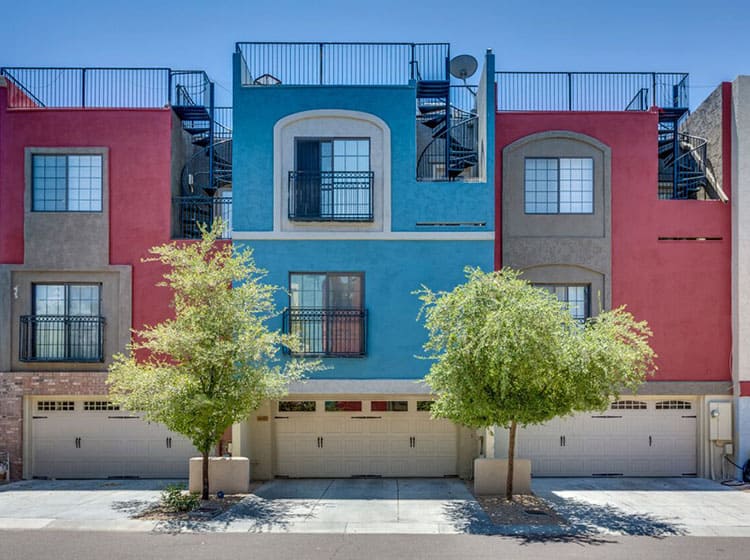Crucial Seasonal Aspects Of Commercial Outside Paint: What You Need To Recognize
Crucial Seasonal Aspects Of Commercial Outside Paint: What You Need To Recognize
Blog Article
Material Create By-Burnham Skafte
When you're planning an industrial external paint job, seasonal variables can make or damage your results. You'll want to consider exactly how temperature and humidity impact paint application and drying times. Picking the appropriate season can ensure your paint sticks correctly and lasts longer. However which periods are genuinely the most effective for this sort of work? Let's explore the key elements that can affect your project's success.
The Impact of Temperature Level on Paint Application
When you're preparing a commercial external painting task, the temperature level can considerably affect how well the paint sticks and dries.
Ideally, you want to paint when temperature levels range in between 50 ° F and 85 ° F. If it's as well chilly, the paint may not treat correctly, leading to problems like peeling or cracking.
On the other hand, if it's as well warm, the paint can dry out also promptly, protecting against appropriate adhesion and leading to an irregular finish.
You ought to additionally take into consideration the time of day; morning or late afternoon uses cooler temperatures, which can be more desirable.
Constantly examine the maker's referrals for the particular paint you're using, as they typically offer support on the perfect temperature variety for optimum results.
Moisture and Its Result on Drying Times
Temperature isn't the only environmental factor that affects your commercial outside paint task; humidity plays a substantial function too. High moisture levels can decrease drying out times substantially, impacting the overall top quality of your paint task.
When the air is saturated with dampness, the paint takes longer to cure, which can cause problems like bad adhesion and a higher danger of mildew growth. If https://angelotagnt.blog-ezine.com/34461911/from-dull-to-dazzling-check-out-the-advantages-of-hiring-home-painters-for-your-residence on a specifically damp day, be gotten ready for extensive delay times between layers.
It's crucial to monitor neighborhood weather and plan accordingly. Preferably, aim for humidity levels between 40% and 70% for ideal drying.
Maintaining these factors in mind ensures your task remains on track and supplies a long lasting finish.
Best Seasons for Commercial Outside Paint Projects
What's the most effective season for your business outside paint projects?
Spring and early loss are usually your best bets. During these seasons, temperature levels are mild, and humidity levels are often lower, developing perfect conditions for paint application and drying.
https://www.housedigest.com/1141815/heres-how-often-you-should-be-repainting-the-exterior-of-your-home/ , which can trigger paint to dry too rapidly, resulting in bad attachment and finish. Similarly, winter's cool temperatures can hinder appropriate drying and healing, risking the longevity of your paint work.
Go for click the up coming webpage with temperature levels between 50 ° F and 85 ° F for ideal outcomes. Remember to inspect the regional weather prediction for rainfall, as damp conditions can destroy your task.
Planning around these aspects guarantees your paint job runs efficiently and lasts longer.
Final thought
To conclude, preparing your industrial exterior painting projects around seasonal factors to consider can make a substantial distinction in the end result. By organizing job throughout the optimal temperature levels and moisture degrees, you'll make sure much better attachment and drying times. Keep in mind to watch on regional weather prediction and pick the correct time of year-- springtime and very early fall are your best bets. Taking these actions will assist you attain a resilient and specialist finish that lasts.
